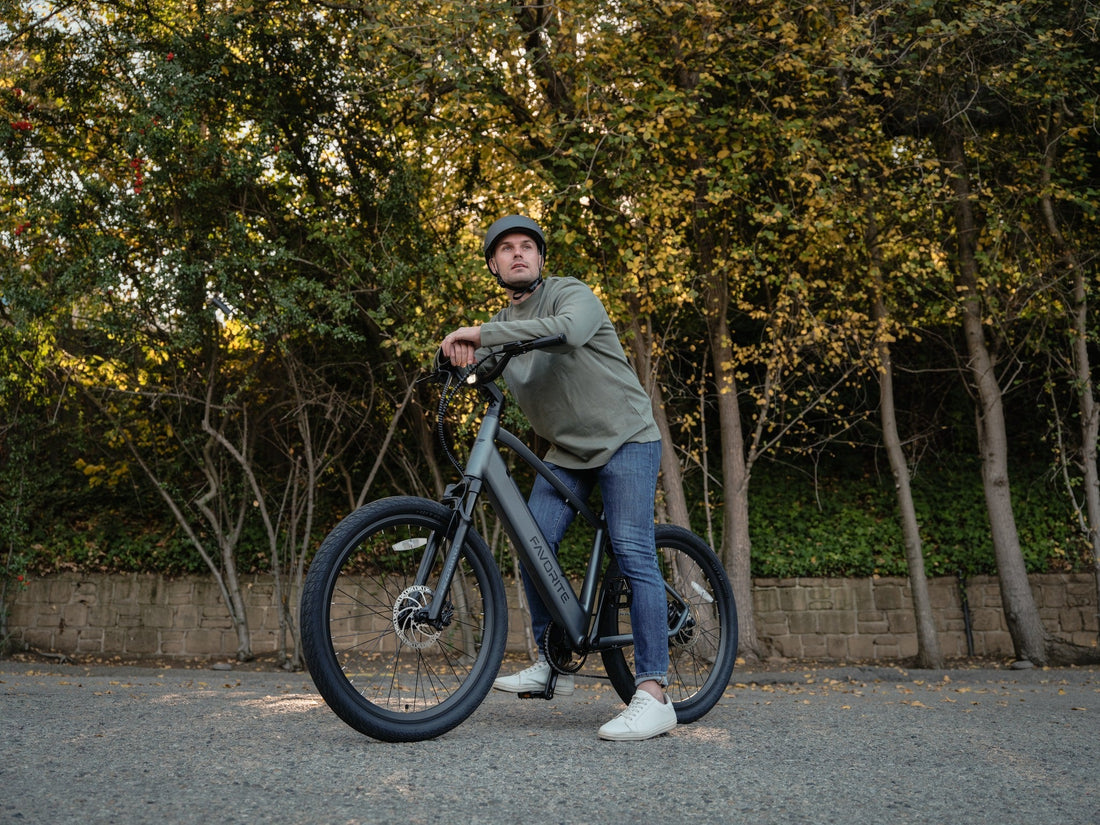
Are E-Scooters Better Than E-Bikes for Commuting?
As cities become more congested, commuters are increasingly turning to electric vehicles for quick, efficient, and eco-friendly transport. Among the most popular options are e-scooters and e-bikes, each offering unique advantages. But which one is better for commuting? The answer depends on your specific needs, lifestyle, and commuting environment.
This guide will compare e-scooters and e-bikes across key factors like convenience, speed, range, cost, and safety to help you make an informed decision.
Key Differences Between E-Scooters and E-Bikes
Before diving into the details, let’s define these two transportation options:
- E-Scooters: Electric scooters are compact, stand-up devices powered by an electric motor. They typically have handlebars, small wheels, and a narrow deck.
- E-Bikes: Electric bicycles look similar to traditional bicycles but include an electric motor for pedal assistance or full electric power.
Comparing E-Scooters and E-Bikes for Commuting
1. Portability and Storage
- E-Scooters: E-scooters are lightweight and foldable, making them easier to carry and store. They’re ideal for commuters who need to combine riding with public transportation or who lack storage space at home or work.
- E-Bikes: E-bikes are larger and heavier than e-scooters, making them less portable. However, they offer more versatility for riders who don’t need to fold or carry their vehicle.
Winner: E-scooters for portability.
2. Speed and Range
- E-Scooters: Most e-scooters have top speeds of 15–20 mph and a range of 10–20 miles on a single charge. They are ideal for shorter commutes within urban areas.
- E-Bikes: E-bikes typically have higher top speeds (up to 28 mph with pedal assist) and longer ranges, often exceeding 30–50 miles. This makes them better suited for longer commutes.
Winner: E-bikes for speed and range.
3. Comfort and Ride Experience
- E-Scooters: E-scooters can feel less stable due to their smaller wheels and upright stance, especially on uneven roads. Standing for extended periods may also be uncomfortable for some riders.
- E-Bikes: E-bikes offer a more comfortable ride with larger wheels, suspension systems, and the option to sit down. They handle bumps and rough terrain much better than e-scooters.
Winner: E-bikes for comfort and stability.
4. Cost
- E-Scooters: E-scooters are generally more affordable, with prices ranging from $300 to $1,000 for most models.
- E-Bikes: E-bikes are more expensive, with prices starting around $1,000 and going up to $5,000 or more for high-end models.
Winner: E-scooters for affordability.
5. Maintenance and Durability
- E-Scooters: E-scooters are simpler in design, with fewer components to maintain. However, their small wheels and lighter frames may wear out faster, especially on rough terrain.
- E-Bikes: E-bikes are more durable and designed for long-term use. While they may require more maintenance (e.g., tire changes, chain lubrication), their sturdiness makes them a reliable choice for frequent riders.
Winner: E-bikes for durability.
6. Safety
- E-Scooters: Safety can be a concern with e-scooters due to their smaller wheels, lower stability, and limited braking power. They are also less visible to other road users.
- E-Bikes: E-bikes offer better safety features, including larger wheels, powerful brakes, and better road visibility. They are easier to control and handle, especially at higher speeds.
Winner: E-bikes for safety.
7. Eco-Friendliness
Both e-scooters and e-bikes are environmentally friendly, producing zero emissions. However, e-bikes tend to have a longer lifespan, making them a more sustainable option over time.
Winner: E-bikes for long-term sustainability.
When Should You Choose an E-Scooter?
An e-scooter might be the better choice if:
- You have a short commute of 5–10 miles.
- You need a lightweight, portable option for combining with public transportation.
- You’re on a tight budget.
- You primarily ride on smooth, paved roads.
When Should You Choose an E-Bike?
An e-bike is a better fit if:
- Your commute is longer than 10 miles.
- You value comfort and stability for daily use.
- You often ride on uneven or hilly terrain.
- You’re looking for a versatile vehicle that doubles as a recreational option.
Key Takeaways
- Portability: E-scooters are lightweight and foldable, perfect for short urban commutes.
- Performance: E-bikes excel in speed, range, and comfort, making them ideal for longer rides.
- Cost: E-scooters are more budget-friendly, while e-bikes offer better long-term value.
- Safety: E-bikes are more stable and reliable on a variety of terrains.
- Ultimately, your choice depends on your commuting distance, budget, and personal preferences.
FAQs
Q1: Which is faster, an e-scooter or an e-bike?
E-bikes are generally faster, with top speeds up to 28 mph, compared to 15–20 mph for e-scooters.
Q2: Are e-scooters safe for daily commuting?
Yes, but they are better suited for smooth, urban roads. Riders should wear protective gear and remain cautious on uneven terrain.
Q3: Can I ride an e-bike without pedaling?
Some e-bikes come with a throttle mode that allows you to ride without pedaling, but most rely on pedal assist.
Q4: Which is more cost-effective: an e-scooter or an e-bike?
E-scooters are more affordable upfront, but e-bikes offer better durability and versatility, making them a cost-effective long-term choice.
Q5: Are e-scooters or e-bikes more eco-friendly?
Both are eco-friendly, but e-bikes have a longer lifespan, reducing waste and making them slightly more sustainable.
No comments











0 comments